Photo Story by Lea Hansen 2022
Can agroecological farming feed the world?
Farmers' and academia's views
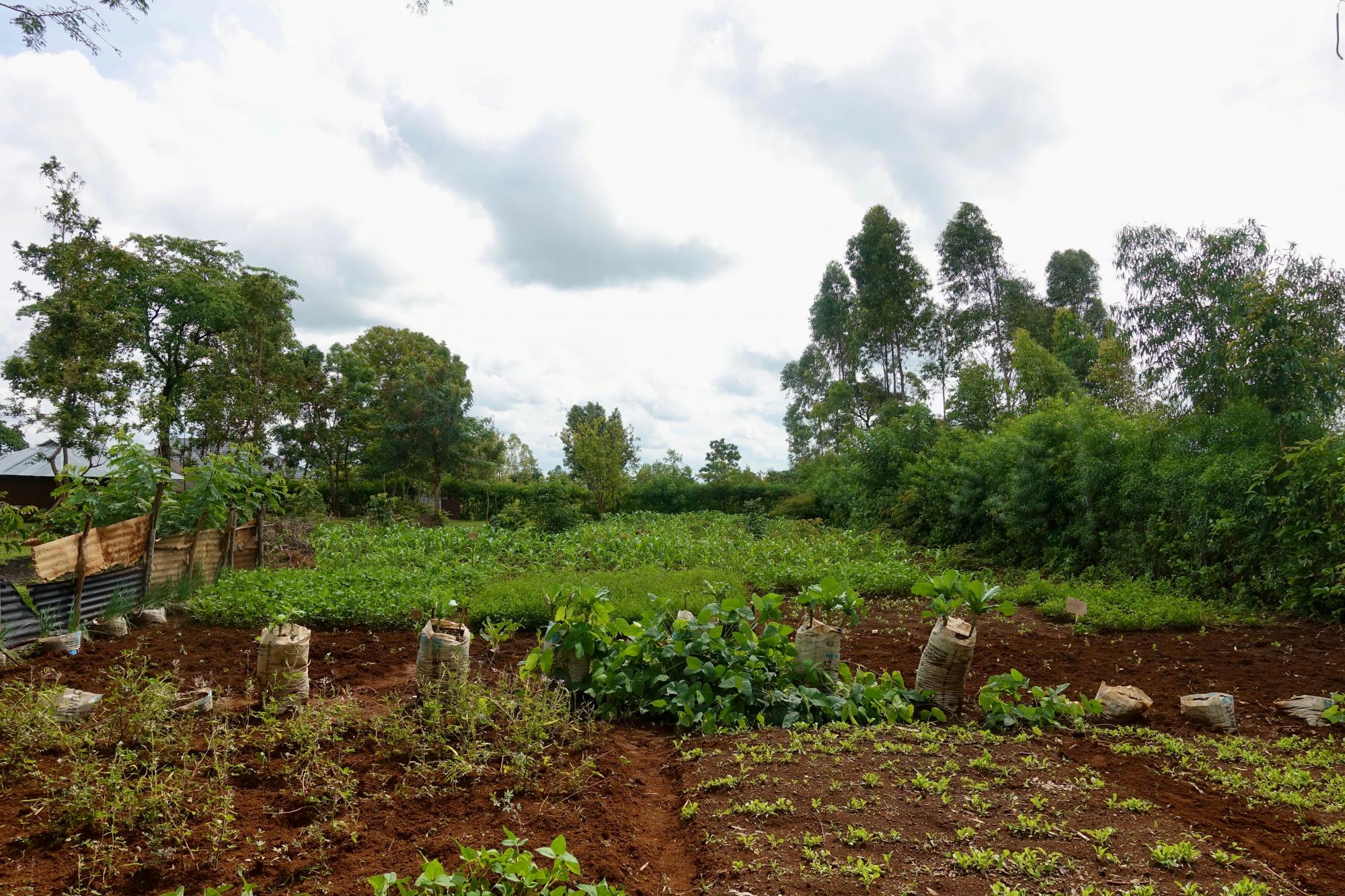
Photo 1: A flourishing home garden in rural Siaya.
This is a home garden established with the ALIMUS randomized control trial (RCT). The RCT has aims to support the production and consumption of nutritious and diverse foods among families in the rural Siaya County in Kenya. Each participating family receives a combination of nutrition counseling, home garden training and minimum materials (i.e. seeds, shovels, and watering cans). During the co-design phase , qualitative interviews with participating families and stakeholders were conducted to gain local perspectives on the implementation preferences.
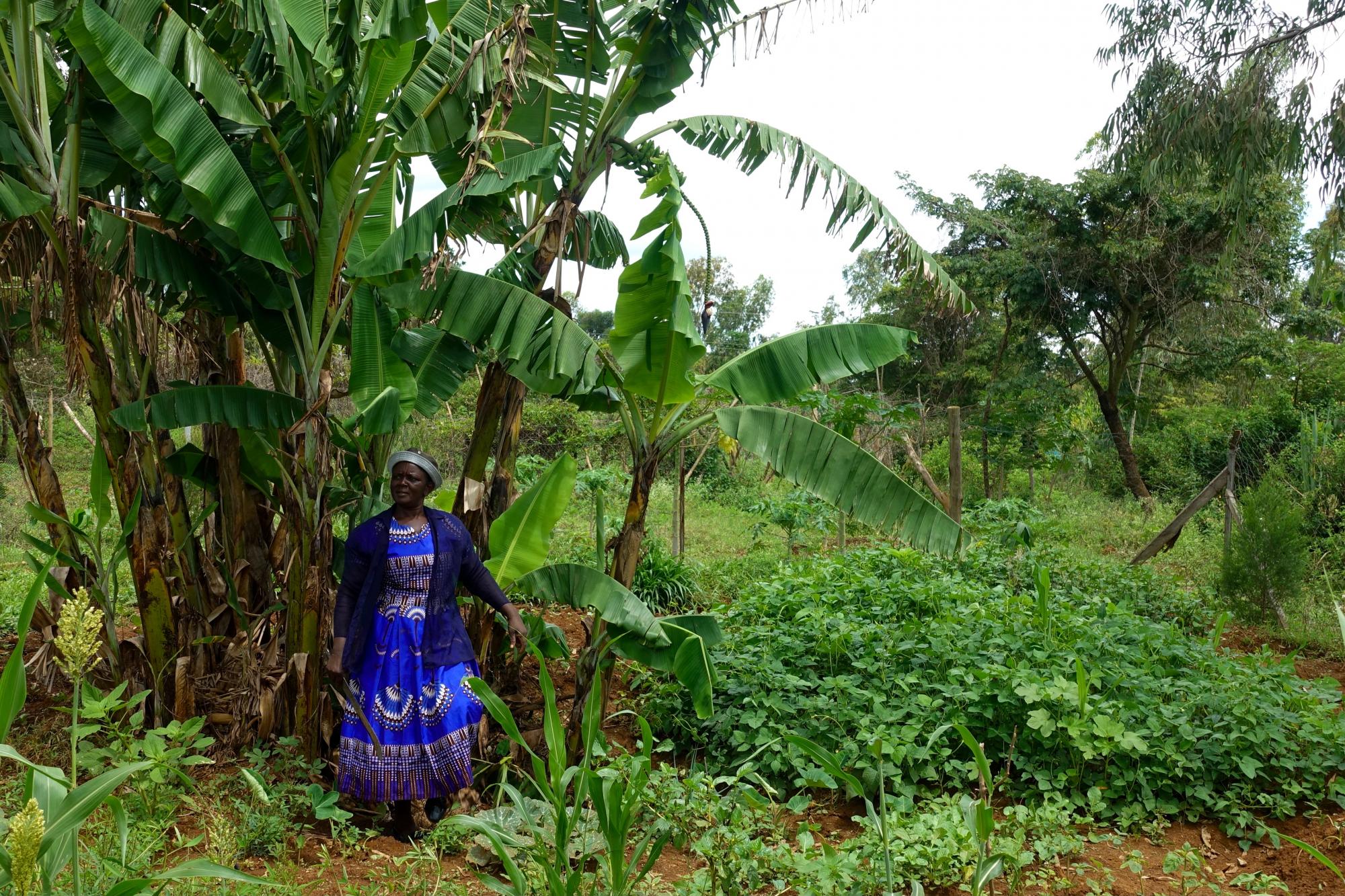
Photo 2: Powerful Women!
ALIMUS is employing a participative approach working closely with the local community. One aspect of the approach is engagement of local community members as the leaders and implementors of home garden training and nutrition counselling. This is a picture of a home garden trainer in the trial, proudly showing her gardening successes. Diverse vegetable species, multiple garden technologies and along with old fruit trees are enclosed in her garden.
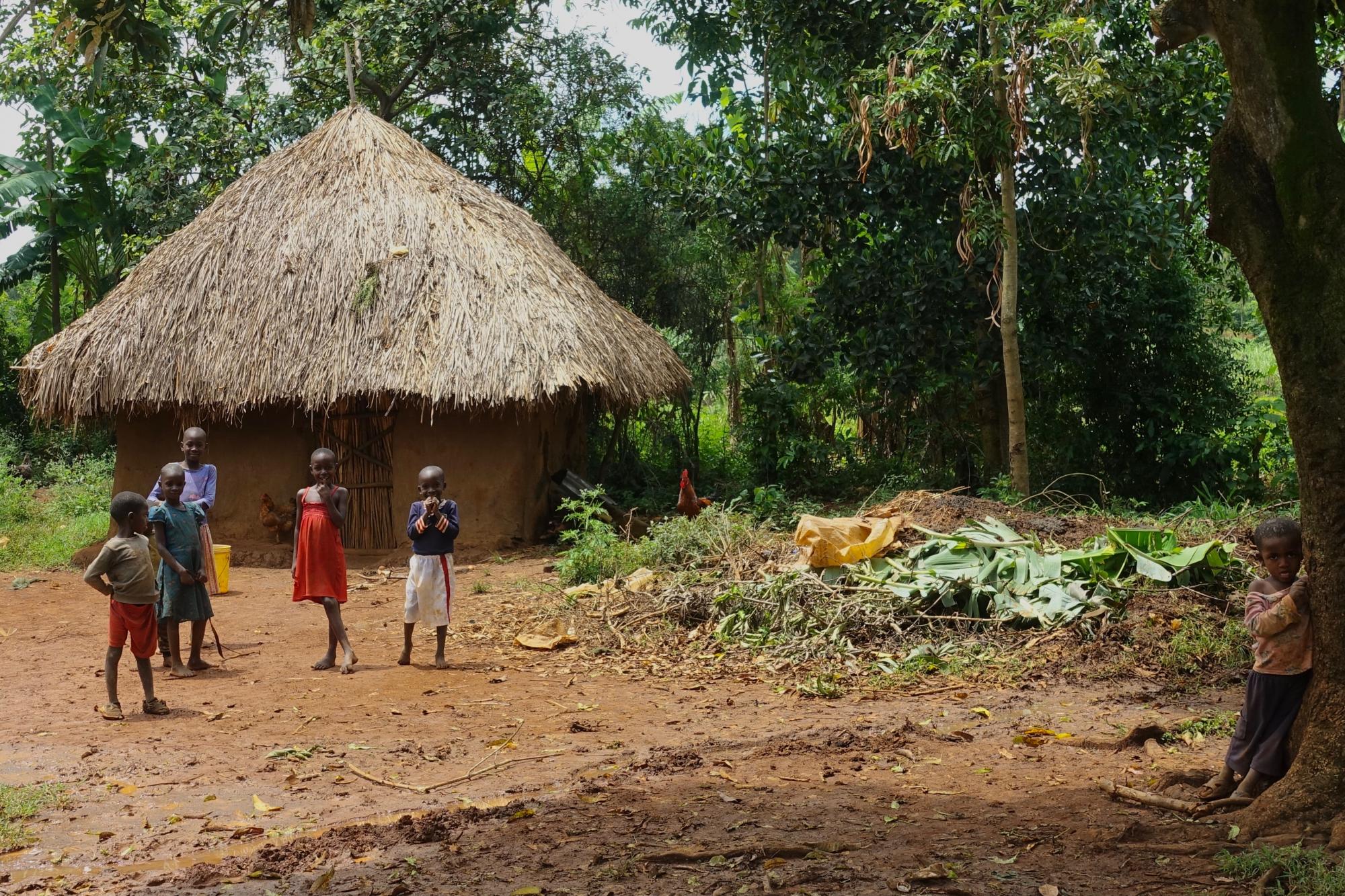
Photo 3: Gardens to feed the youth.
A group of young children from the participating family. Young children are the target population of the ALIMUS randomized control trial. The RCT aims to improve the nutrition status of such children through macro- and micronutrient intake and dietary diversity.
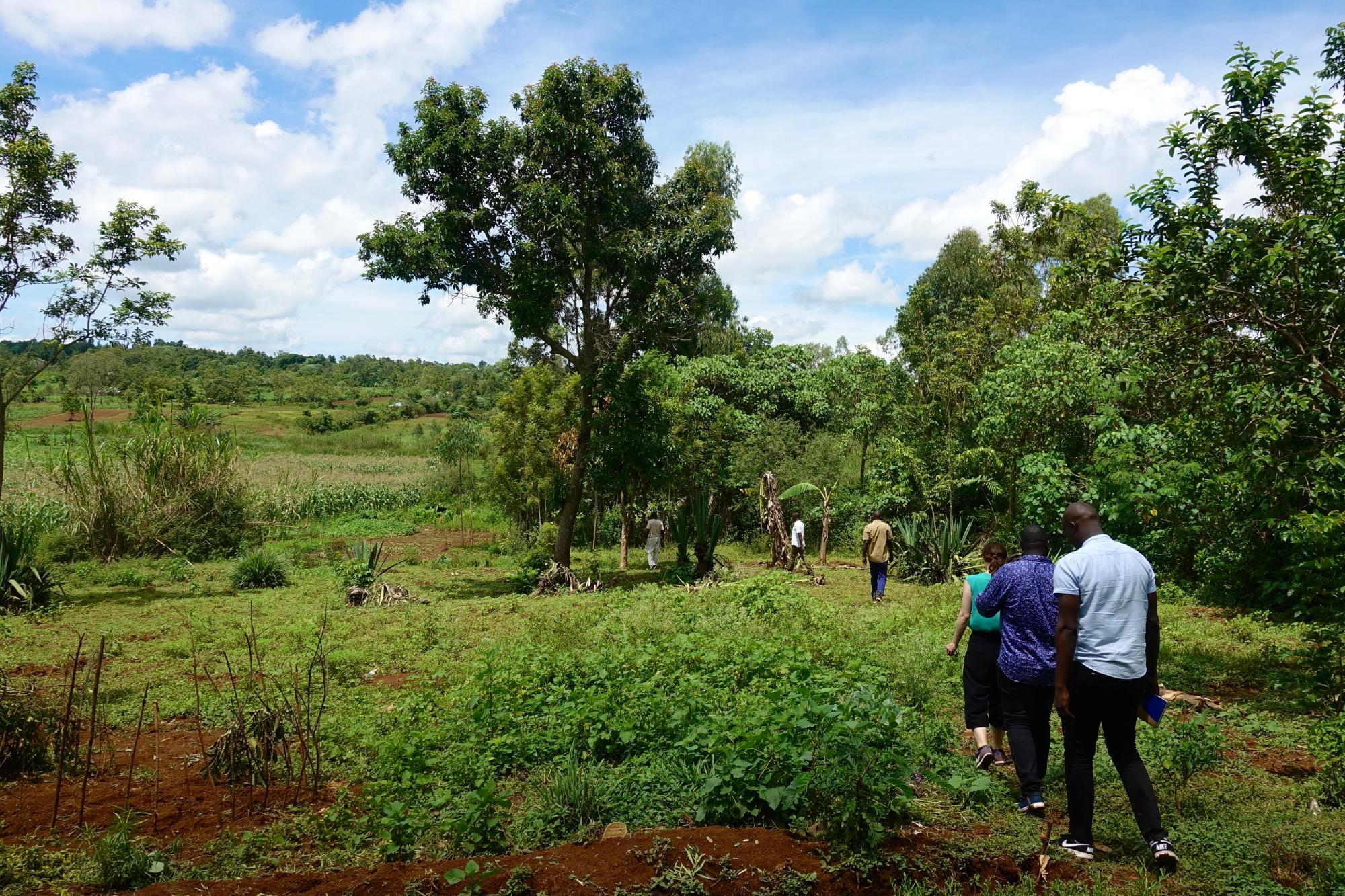
Photo 4: Siaya's spacious landscapes.
The ALIMUS team on their way through to visiting a participating family. They walked through the spacious landscapes of Siaya County. The vast area and long distances between homes and water points present a major challenge for participating households and the general population.
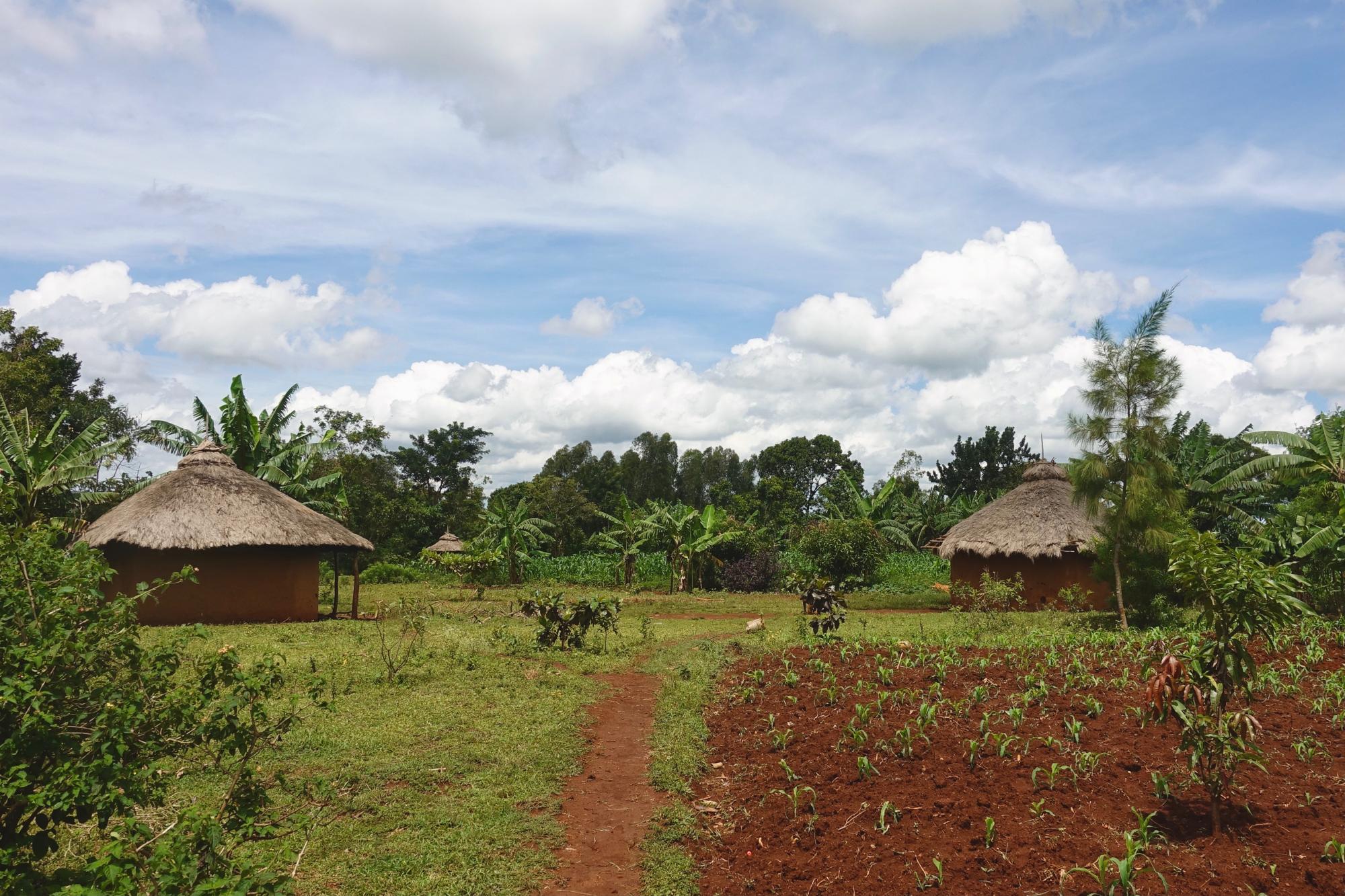
Photo 5: Traditional compounds of the Luos.
The picture shows multiple circular huts with grass-thatched roofs, a traditional homestead or ‘dala’ in Luo communities. Luo families make up more then 90% of the population living in Siaya county. Such a compound usually houses the household head and his extended family.
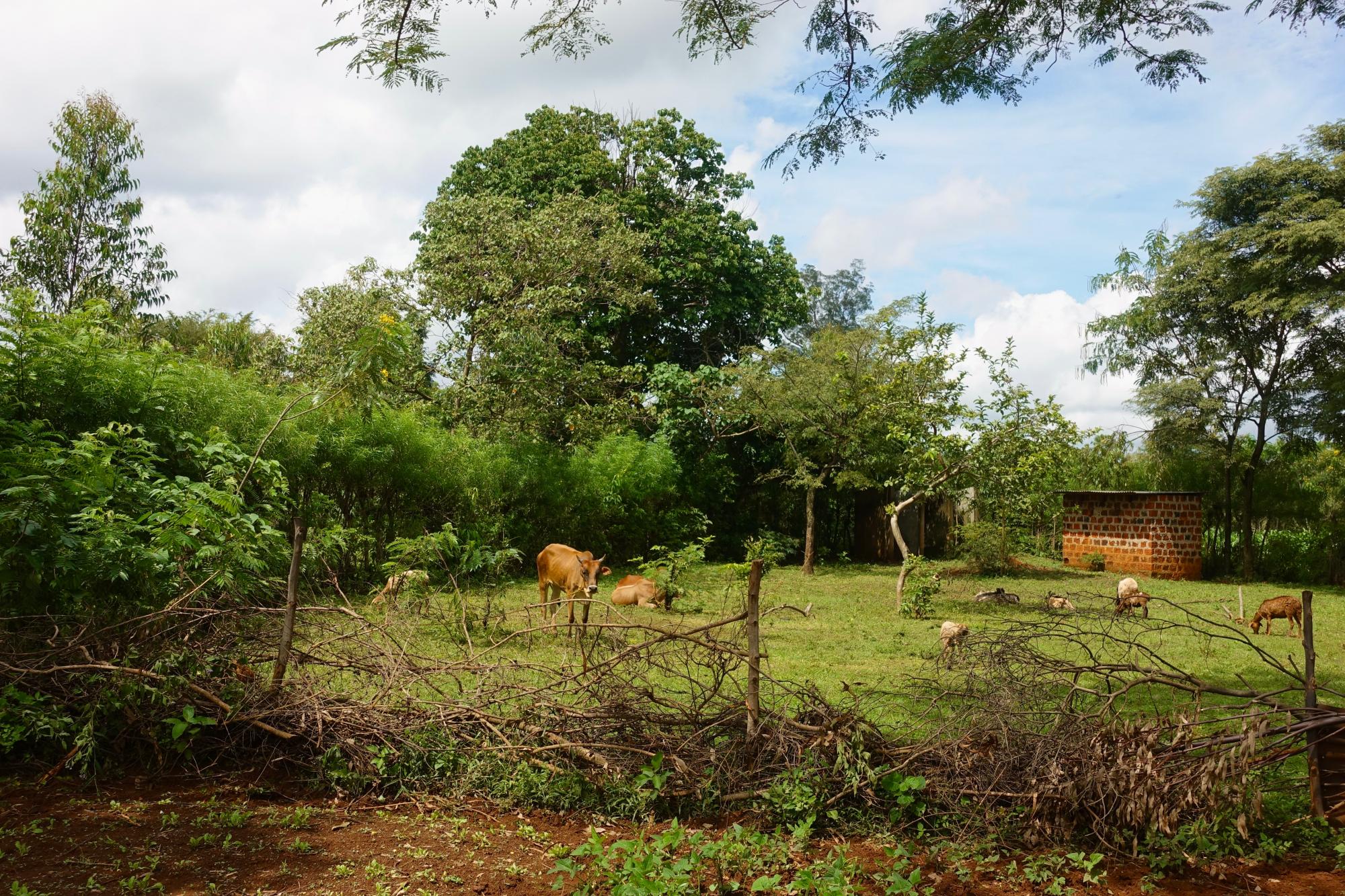
Photo 6: Hungry neighbours.
During the co-design study and the field visit, it became clear that one of the biggest challenges facing participating families was the destruction of their home gardens by livestock. This applies especially to cows, chickens and goats, which are often kept on the family compound. Fences, though installed did not always keep the livestock away. This created arguments within families and between participating families and their neighbors who owned livestock.
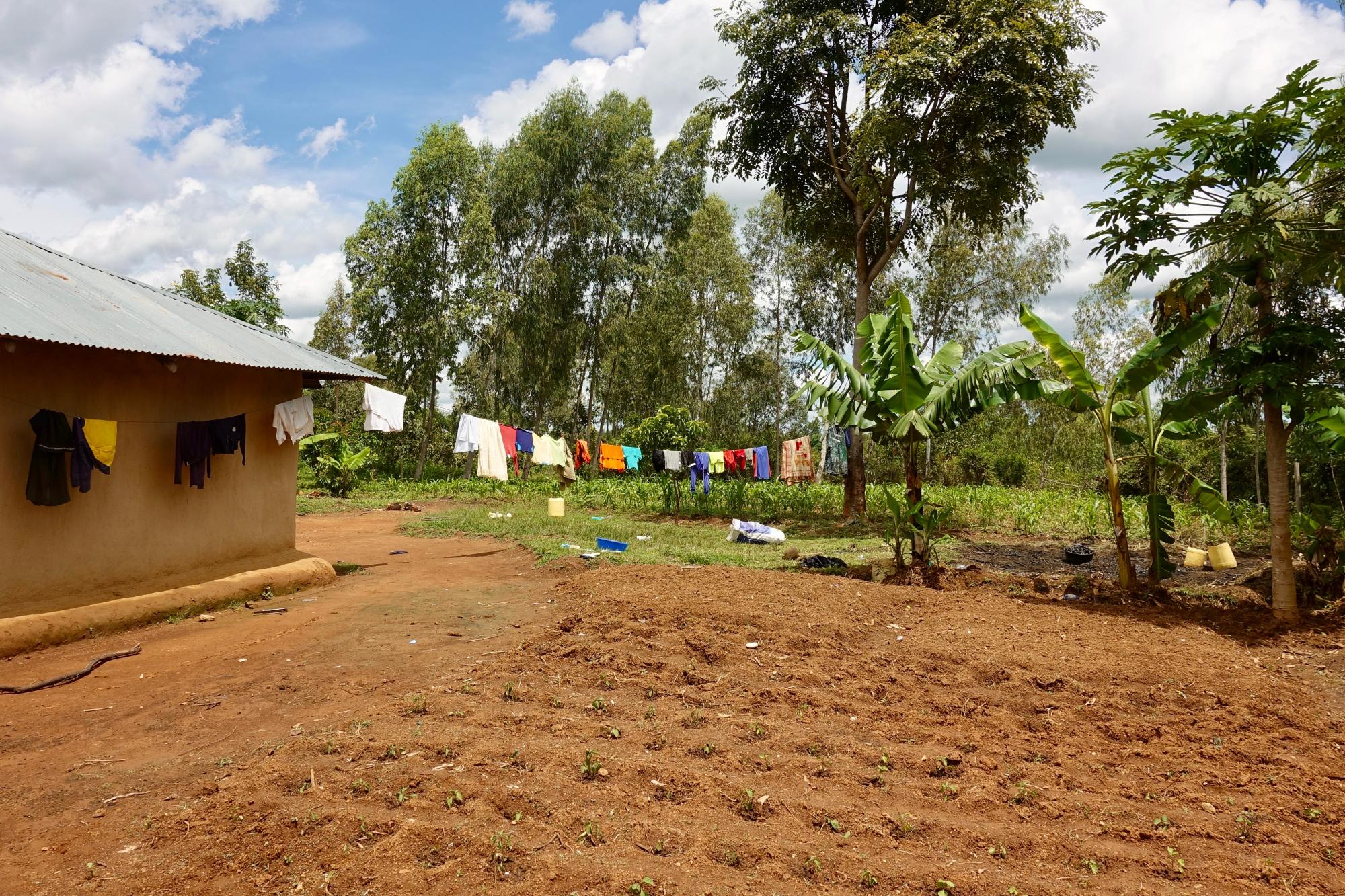
Photo 7: Water scarcity - one of the main challenges.
In addition to livestock, participants faced difficulties with water scarcity. This picture shows a newly created garden in Karemo one of the driest areas of Siaya. During the next project phase ALIMUS will explore assisting participating families in creating rain and grey water storage systems within the family compounds.
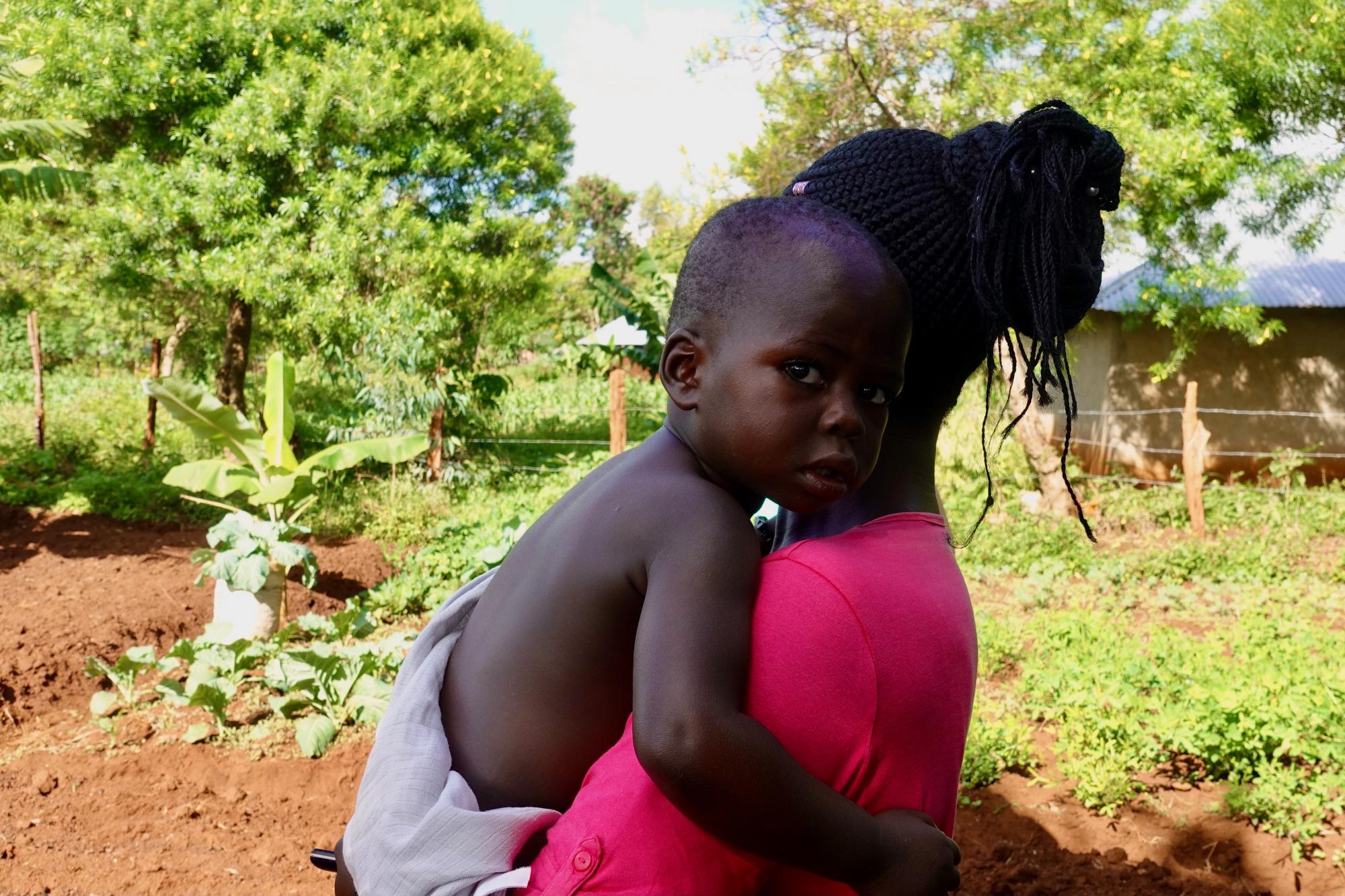
Photo 8: An independent way to feed the children.
During the co-design study we learned that home gardens can serve as a source of empowerment for women in rural Siaya. Home gardening was an activity they freely conduct which resulted in easily accessible foods and a source for independent income.
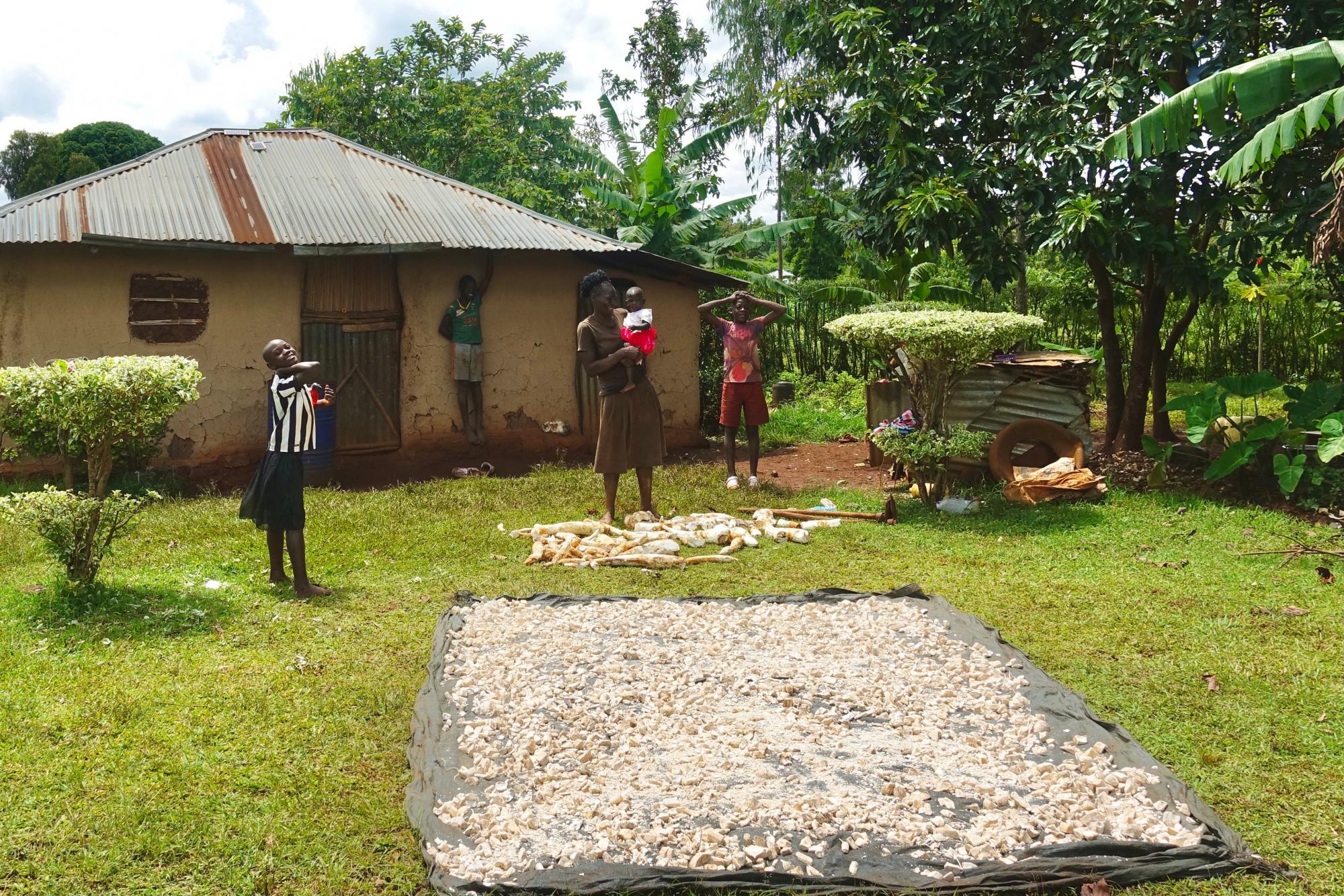
Photo 9: Calling for creativity - adaptation to challenging environmental conditions.
This picture shows a family who is sundrying yields from their home garden. Dried cassava can be used for later consumption and can also be further ground into flour or processed and stored in variety of ways. Thus, spoilage can be minimized and drought periods can be abridged. The home garden trainings emphasize different food processing techniques to avoid food waste and create value addition.
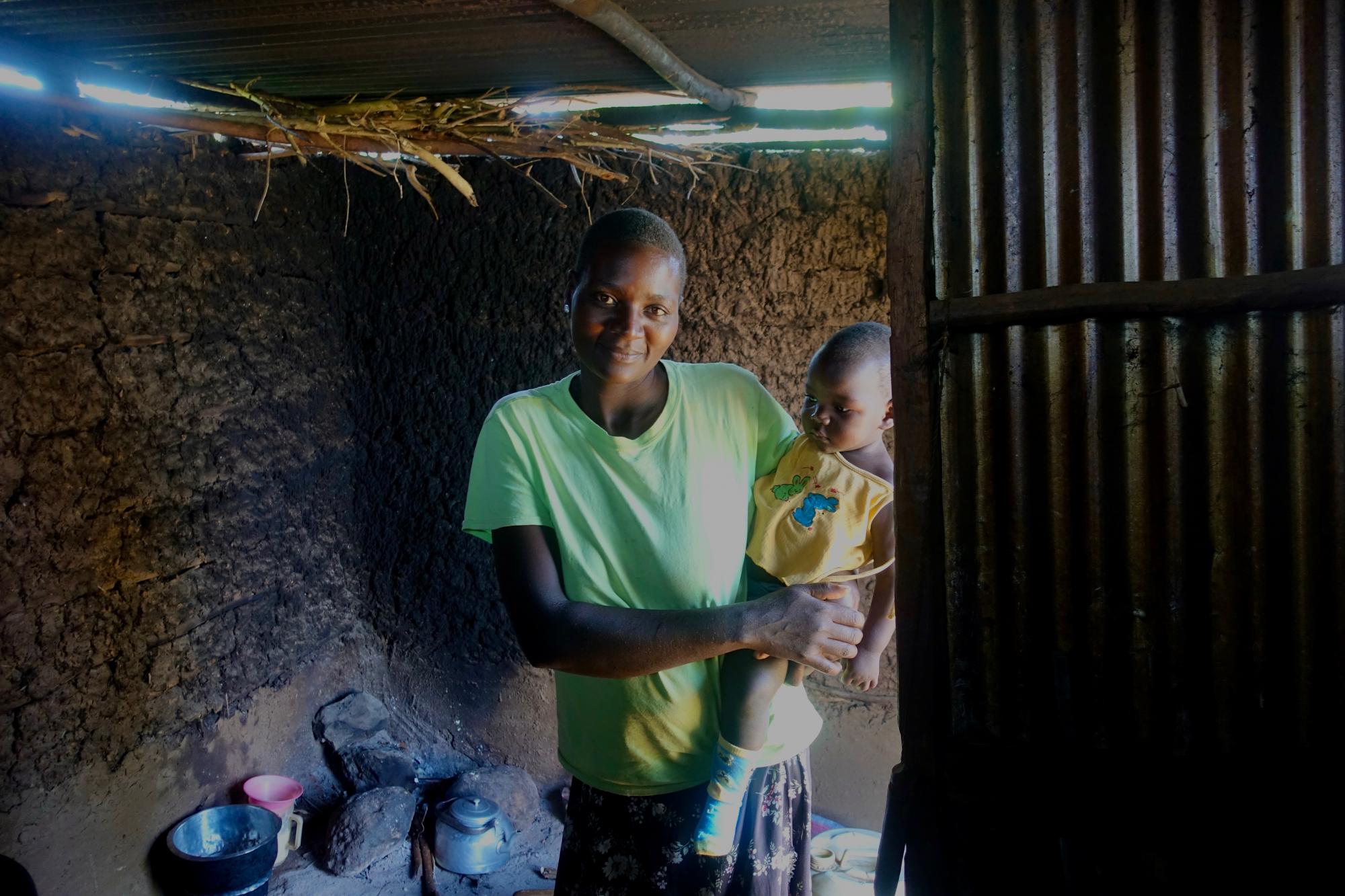
Photo 10: Sowing, growing, harvesting, cooking … counselling throughout the value chain.
Here, a mother with her young daughter in her kitchen, after a nutrition counselling session. During the sessions, the mother learned which nutrients are most important at different age groups and how to optimally prepare vegetables grown in her own home garden.
